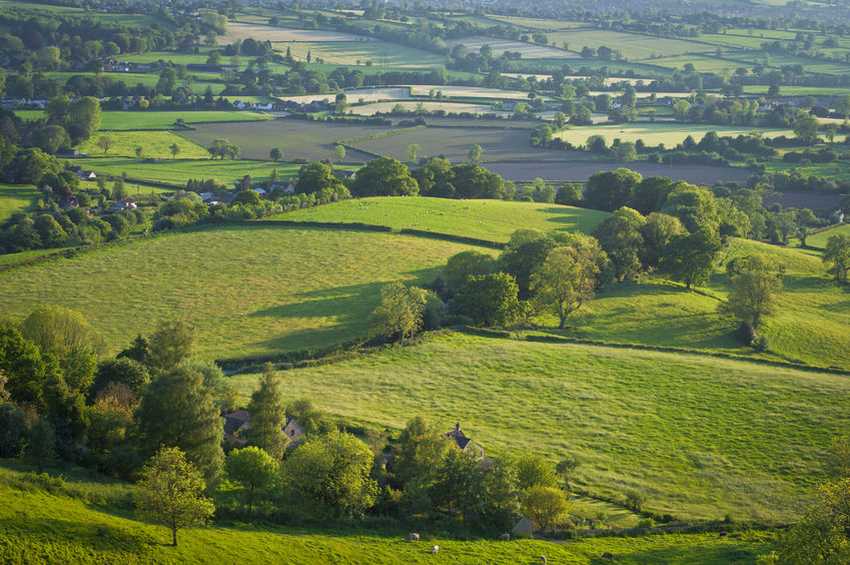
Tree planting schemes need to employ 'rigorous monitoring' to ensure other habitats and land uses, such as agriculture, are not impacted, a report has advised.
The Natural Capital Committee (NCC) has published a report on using nature-based interventions to reach net zero greenhouse gas emissions by 2050.
In particular, the potential for forestry and woodland to absorb carbon has led to a commitment to increase tree planting in England.
The Committee on Climate Change recommends a yearly planting rate of 30,000 ha worth of woodland, around 90–120 million trees per year.
But while the NCC says trees can deliver habitats for wildlife, recreation and flood storage, they need to be planted in the 'right place for the right reason'.
Increased planting 'without careful planning' could lead to the loss of habitats and land uses, including grasslands, heathlands and peatlands, the report said.
In addition, the 'wrong trees in the wrong places' can have adverse impacts on soil, water flows, water quality, recreation, biodiversity and air quality.
Any land use change would also impact multiple other related benefits and costs, such as agricultural production, the report added.
"Tree planting schemes will need to employ rigorous monitoring, verification and spatially aware decision making to ensure that the right tree is planted in the right place at the right time for the right reason," the NCC's report said.
It looked at the afforestation of peatlands in Scotland in the late 20th century, which lead to a net increase in GHG emissions and the felling of ancient native woodlands.
Responding to the report, the Country Land and Business Association (CLA) said the 'right type of tree in the right place' would support productive farmland and help reduce emissions.
"It is absolutely the case that the right type of tree must be planted in the right place," Mark Bridgeman, president of the CLA, said.
“Tree planting on a large scale is necessary, and with the right support from government agencies, landowners can play a major role in improving the environment.
"This can partly be delivered by integrating trees with farming through hedgerows, copses and agroforestry practices; this can have multiple benefits for carbon, wildlife, water management, as well as supporting farmer’s ability to provide food for the country
"It will take time but, with good information and advice and the right incentives, it can happen."
